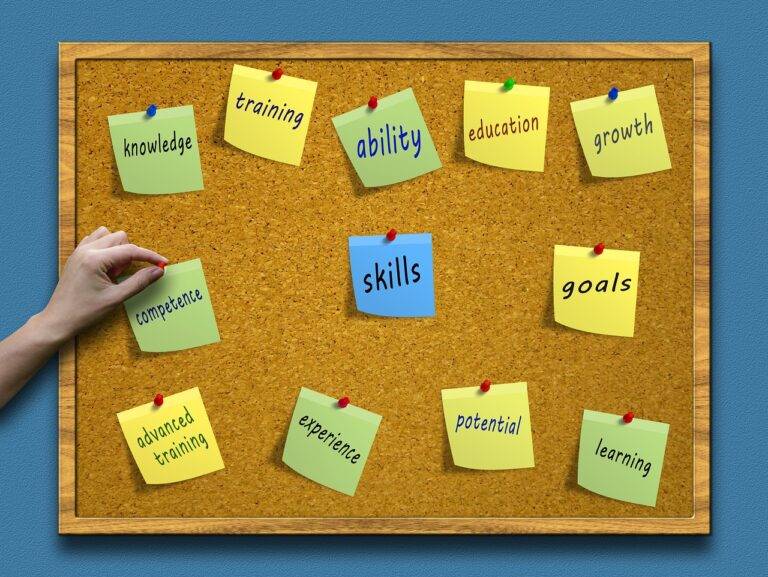The Role of Employee Onboarding Programs in Business Success
Employee onboarding programs play a crucial role in welcoming and integrating new hires into an organization seamlessly. One key component of such programs is providing comprehensive training to familiarize employees with their roles, responsibilities, and the company culture. This training can include job-specific skills development, company policies and procedures, and an introduction to key team members.
Another essential component of employee onboarding programs is effective communication channels. Clear and open lines of communication help new hires feel supported and informed throughout their integration process. This can involve regular check-ins with managers, transparent feedback mechanisms, and access to resources for any questions or concerns that may arise. By prioritizing communication, organizations can foster a sense of belonging and engagement from the start, setting new employees up for success.
Benefits of Effective Onboarding for New Hires
Effective onboarding programs offer various advantages to both new hires and organizations. Firstly, by providing a structured onboarding process, new employees can quickly ramp up their productivity, contributing meaningfully to the team and the company’s goals. This efficiency ensures that the organization sees a faster return on investment from the new hire, leading to increased profitability in the long run.
In addition to enhancing productivity, a well-executed onboarding program can significantly improve employee retention rates. When new hires feel welcomed, supported, and properly trained from the start, they are more likely to feel engaged and committed to the organization. This sense of belonging reduces turnover rates and saves the company time and resources that would otherwise be spent on recruiting and training replacements. Overall, effective onboarding plays a crucial role in setting the stage for long-term success and satisfaction for both the employee and the employer.
What are the key components of employee onboarding programs?
The key components of employee onboarding programs typically include orientation, training, mentorship, goal-setting, and feedback mechanisms.
What are the benefits of effective onboarding for new hires?
Effective onboarding for new hires can lead to increased job satisfaction, faster time to productivity, higher retention rates, and improved overall employee engagement.
How long should an onboarding program last?
The length of an onboarding program can vary depending on the complexity of the role and the organization, but typically ranges from a few days to a few weeks.
How can organizations measure the success of their onboarding program?
Organizations can measure the success of their onboarding program by tracking key metrics such as time to productivity, retention rates, employee engagement scores, and feedback from new hires.
What role does leadership play in the success of an onboarding program?
Leadership plays a crucial role in the success of an onboarding program by setting the tone for the organization, providing support and resources for new hires, and actively participating in the onboarding process.





